- Cause of Death in Motor Vehicle Crash 1 in 114 Odds of Dying
Ending Distracted Driving is Everyone’s Responsibility
Thousands have Died in Crashes Involving Cell Phone Use, Many distractions exist while driving, but cell phones are a top distraction because so many drivers use them for long periods of time each day. Almost everyone has seen a driver distracted by a cell phone, but when you are the one distracted, you often don’t realize that driver is you.
New technology in vehicles is causing us to become more distracted behind the wheel than ever before. Fifty-three percent of drivers believe if manufacturers put “infotainment” dashboards and hands-free technology in vehicles, they must be safe. And, with some state laws focusing on handheld bans, many drivers honestly believe they are making the safe choice by using a hands-free device. But in fact, these technologies distract our brains even long after you’ve used them.
Make no mistake: This multitasking technology is about convenience, not safety.
Motor Vehicle Deaths Estimated to be Highest in Nine Years
For the first time in nearly a decade, preliminary data from the National Safety Council estimates that as many as 40,000 people died in motor vehicle crashes in 2016. That marks a 6% increase over 2015 and a 14% increase over 2014 – the most dramatic two-year escalation in 53 years.
An estimated 4.6 million roadway users were injured seriously enough to require medical attention, a 7% increase over 2015. This means 2016 may have been the deadliest year on the roads since 2007. Estimated cost to society was $432 billion.
NSC Survey Offers Insight Into What Drivers are Doing
An NSC survey released Feb. 15 provides a glimpse at the risky things drivers are doing. Although 83% of drivers surveyed believe driving is a safety concern, a startling number say they are comfortable speeding (64%), texting either manually or through voice controls (47%), driving while impaired by marijuana (13%) or driving after they feel they’ve had too much alcohol (10%).
Motor vehicle fatality estimates are subject to slight increases and decreases as data mature. NSC uses data from the National Center for Health Statistics, an arm of the CDC, so deaths occurring within 100 days of the crash and on public and private roadways – such as parking lots and driveways – are included in the estimates.
“Our complacency is killing us. Americans believe there is nothing we can do to stop crashes from happening, but that isn’t true,” said NSC President and CEO Deborah A.P. Hersman. “The U.S. lags the rest of the developed world in addressing highway fatalities. We know what needs to be done; we just haven’t done it.”
NSC is Calling for Life-saving Measures
NSC is calling for immediate implementation of life-saving measures that would set the nation on a road to zero deaths:
- Mandate ignition interlocks for convicted drunk drivers and better educationabout the nature of impairment and when it begins
- Install and use automated enforcement techniques to catch speeders
- Extend laws banning all cell phone use – including hands-free – to all drivers, not just teens; upgrade enforcement from secondary to primary in states with existing bans
- Upgrade seat belt laws from secondary to primary enforcement and extend restraint laws to every passenger in every seating position in all kinds of vehicles
- Adopt a three-tiered licensing system for all new drivers under 21 – not just those under 18
- Standardize and accelerate into the fleet automotive safety technologies with life-saving potential, including blind-spot monitoring, automatic emergency braking, lane departure warning and adaptive headlights
- Pass or reinstate motorcycle helmet laws
- Adopt comprehensive programs for pedestrian safety

Put Your Phone Away or Get Ready to Pay.
Distracted Drivers Beware with U Drive. U Text. U Pay.
Distracted driving has become one of the most common reasons for vehicle crashes on America’s roads. That’s why the U.S. Department of Transportation’s National Highway Traffic Safety Administration is teaming up with law enforcement agencies across the United States for the national U Drive. U Text. U Pay. high-visibility enforcement effort. From April 12 to 16, 2018, officers will be on high alert to catch distracted drivers and enforce distracted-driving laws.
According to NHTSA, in 2016, 3,450 people were killed in motor vehicle crashes involving distracted drivers. Nearly one-tenth of all fatal crashes in 2016 were reported as distraction-affected. Texting while driving has become an especially problematic trend among millennials. According to NHTSA, young drivers 16 to 24 years old have been observed using handheld electronic devices while driving at higher rates than older drivers since 2007.
“We can’t say it enough: distracted driving is a life or death issue,” said Michael Byers. “What people need to understand is how dangerous it is to take your eyes off the road, hands off the wheel, and concentration off the task of driving safely. It only takes a few seconds for a child to run into the street or for you to drive through a red light or stop sign and crash, potentially killing someone or yourself. That’s why during April, you will see an increased police presence on the roadways, and anyone who is caught texting and driving, will pay.”
Violating States distracted driving laws can be costly.
“Too many drivers are ignoring their responsibilities behind the wheel,” said Michael Byers, editor at myAutoWorld.com “Do the right thing—put your phone away when you get behind the wheel.
Save yourself the embarrassment and expense of getting pulled over on account of your cell phone—and more importantly, maybe save someone’s life.”
Remember these safety tips as you drive, and spread the message to your friends and family members:
- If you are expecting a text message or need to send one, pull over and park your car in a safe location. Once you are safely off the road, it is safe to text.
- Designate your passenger as your “designated texter.” Allow them access to your phone to respond to calls or messages.
- Do not engage in social media scrolling or messaging while driving.
- Cell phone use can be habit-forming. Struggling to not text and drive? Put the cell phone in the trunk or back seat of the vehicle until you arrive at your final destination.
Texting while driving is dangerous, and getting caught can be expensive and embarrassing. Save face, your money, and maybe save a life—your text message can wait. Remember: U Drive. U Text. U Pay.
Frightening Stats
- According to NHTSA, 3,450 people were killed in motor vehicle crashes involving distracted drivers in 2016.
- In 2016, 9.2 percent of fatal crashes in 2016 were reported as distraction-related.
- Texting while driving has become an especially problematic trend among millennials. According to NHTSA, young drivers 16 to 24 years old have been observed using handheld electronic devices while driving at higher rates than older drivers since 2007.
- Nine percent of drivers 15 to 19 years old who were involved in fatal crashes were reported as being distracted at the time of the crash in 2016. This age group has the largest percentage of drivers who were distracted at the time of a fatal crash.
- Handheld cellphone use while driving is highest among 15- to 29-year-old drivers, but female drivers are most at-risk for being involved in a fatal crash involving a distracted driver.
Female drivers with a cell phone have been more likely to be involved in fatal distracted-driving crashes as compared to male drivers every year since 2012.
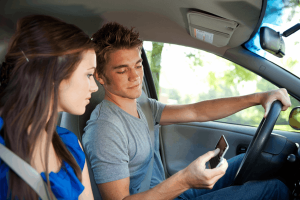
Safety Tips for Driving
- If you are expecting a text message or need to send one, pull over and park your car in a safe location. Once you are safely off the road, it is safe to text.
- Designate your passenger as your “designated texter.” Allow them access to your phone to respond to calls or messages.
- Do not engage in social media scrolling or messaging while driving.
- Cell phone use can be habit-forming. Struggling to not text and drive? Put the cell phone in the trunk or back seat of your vehicle until you arrive at your final destination.
Put Your Phone Away or Get Ready to Pay.
- Don’t follow the trends. When you get behind the wheel, be an example to your family and friends by putting your phone away. Texting and driving isn’t a “cool” or trendy behavior—it’s a deadly and, oftentimes, illegal activity that could kill you, a loved one, a friend, or a stranger.
- In 47 States, Washington, DC, Puerto Rico, Guam, and the U.S. Virgin Islands, texting while driving is an illegal, ticketable offense.
- If your friends text while driving, tell them to stop. If your passengers catch you texting while driving and tell you to put your phone away, put it down.
- No one likes to be called out by a friend for doing something wrong, but it’s even worse to get caught by law enforcement and end up paying a fine.
- Remember, when you get behind the wheel, put your phone away. U Drive. U Text. U Pay.
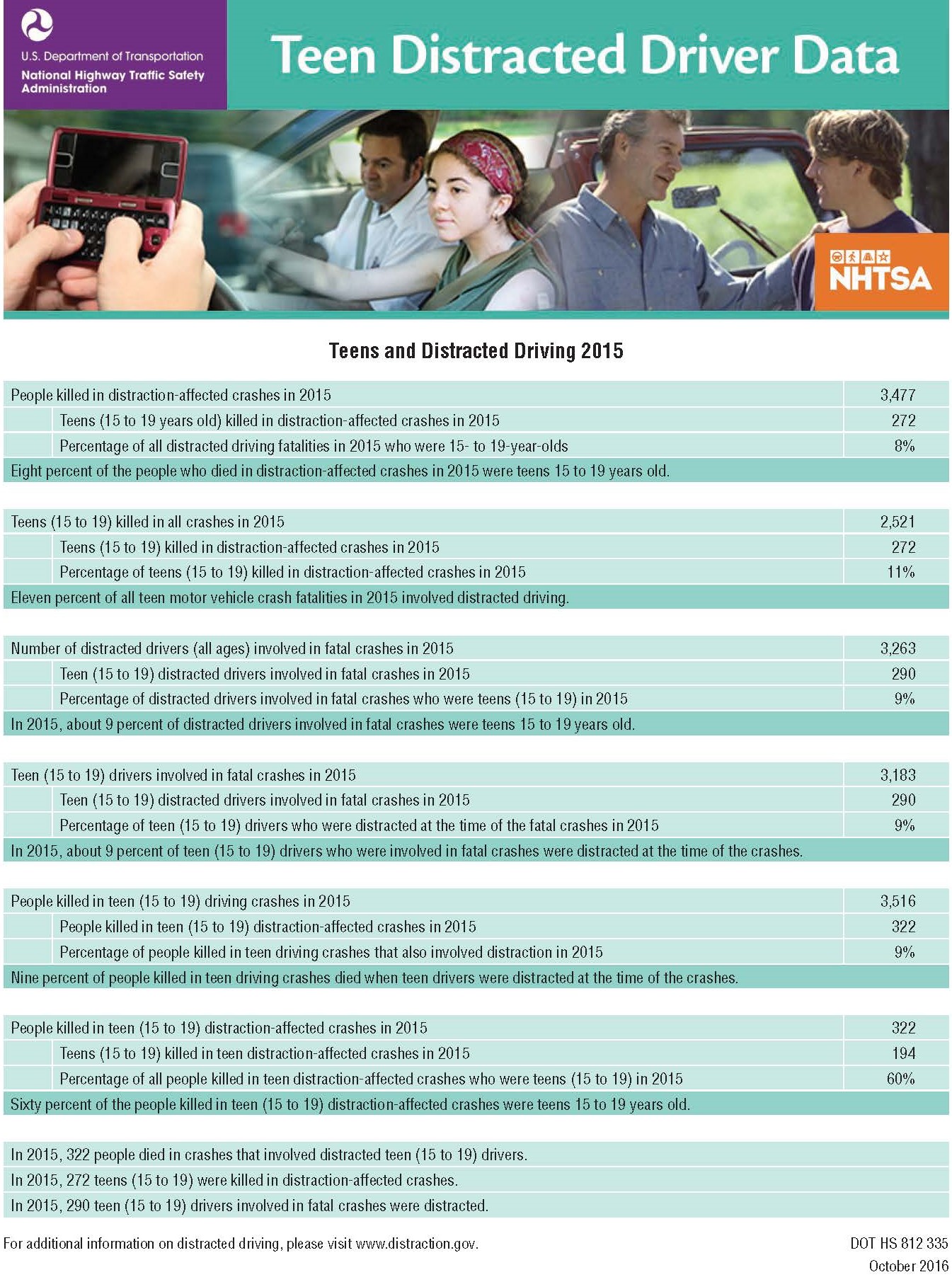
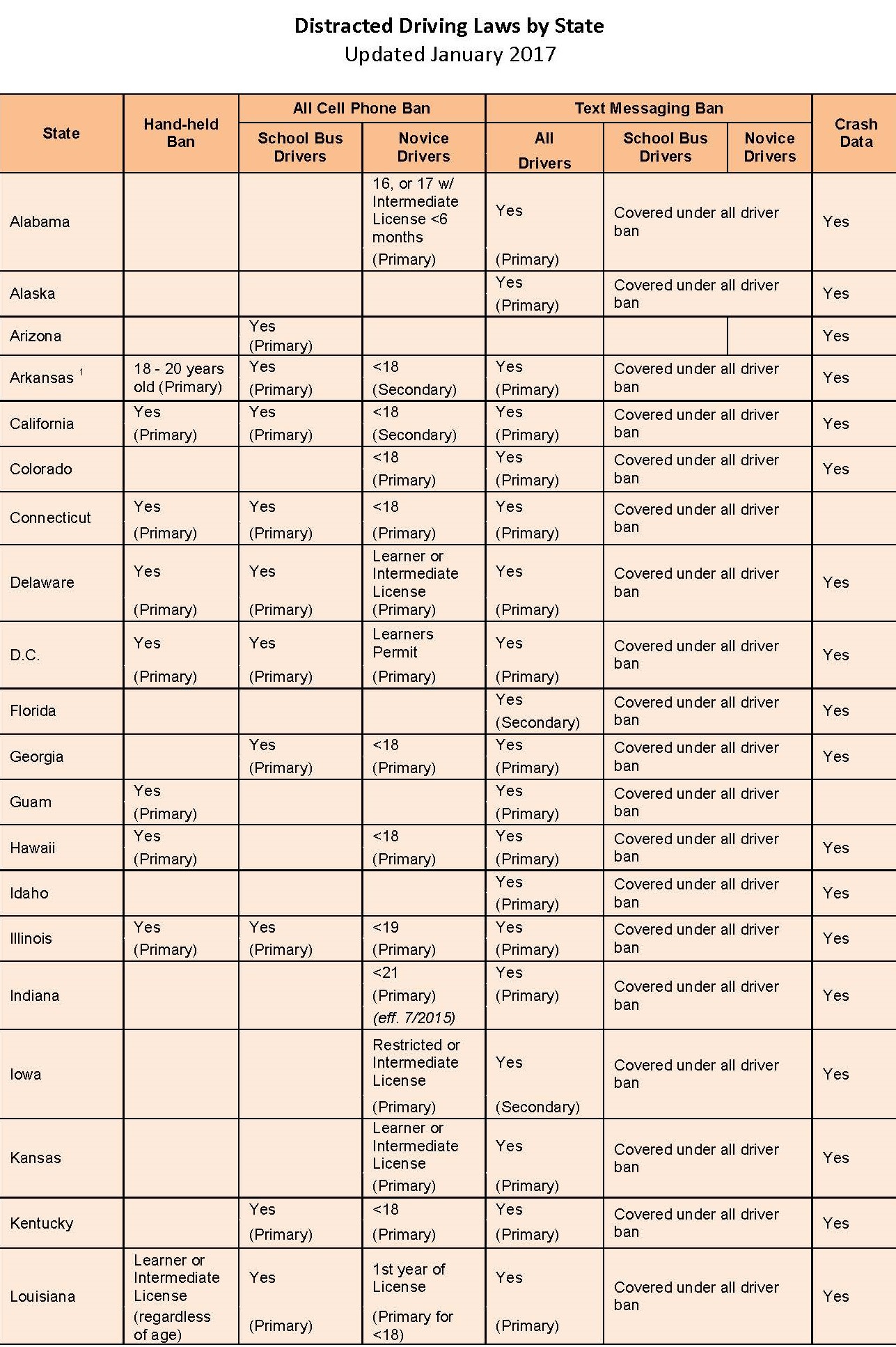
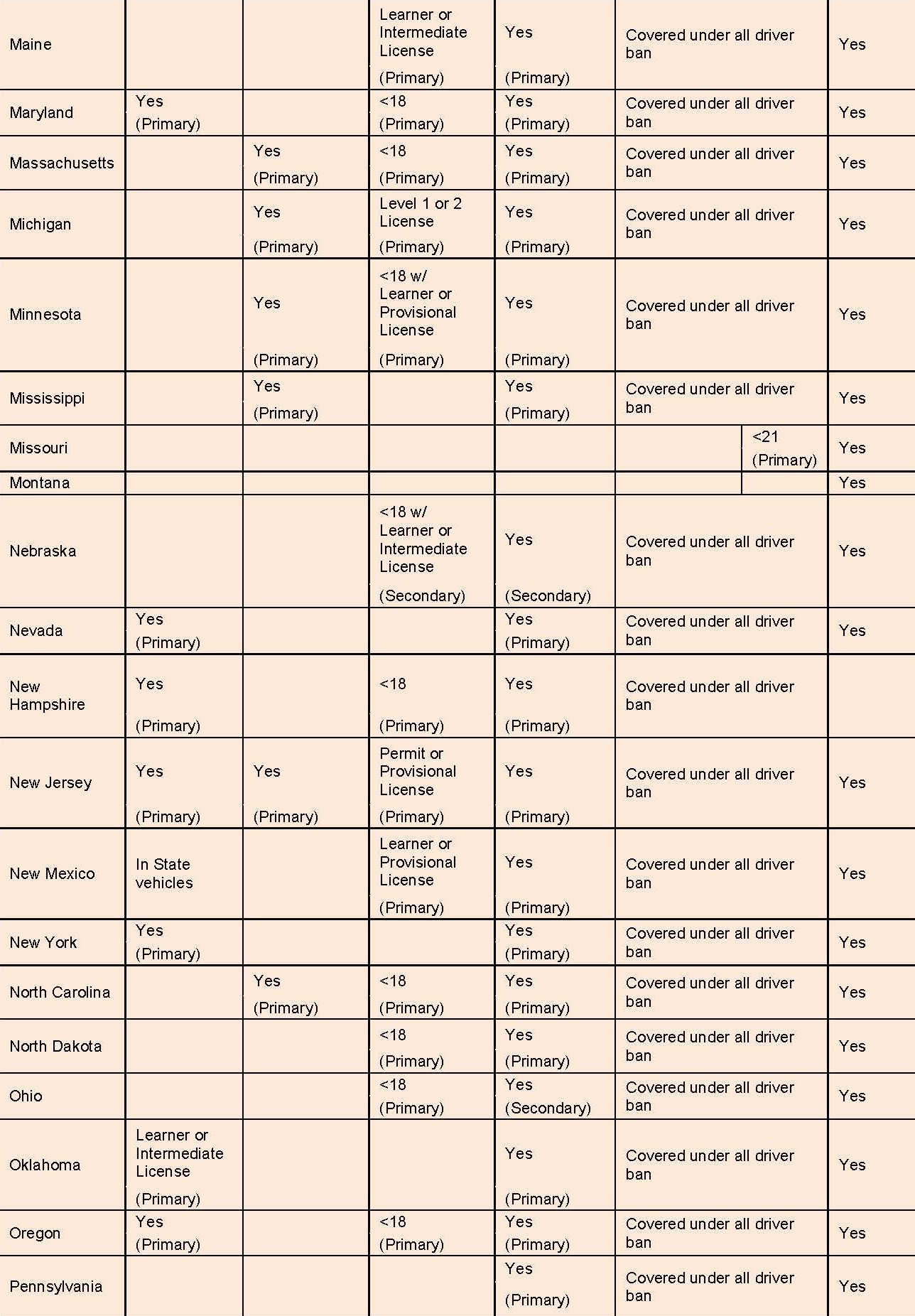
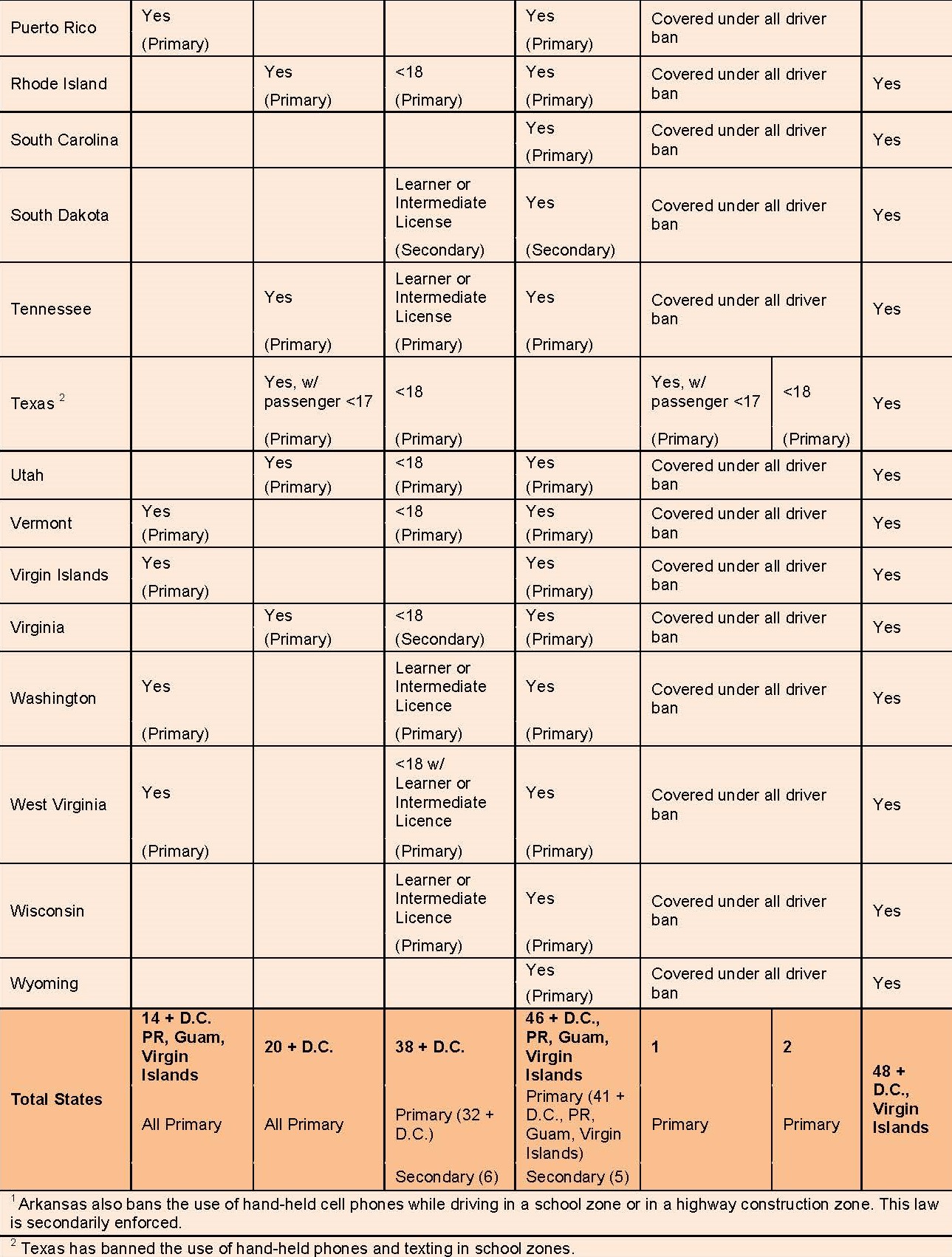

You must be logged in to post a comment.